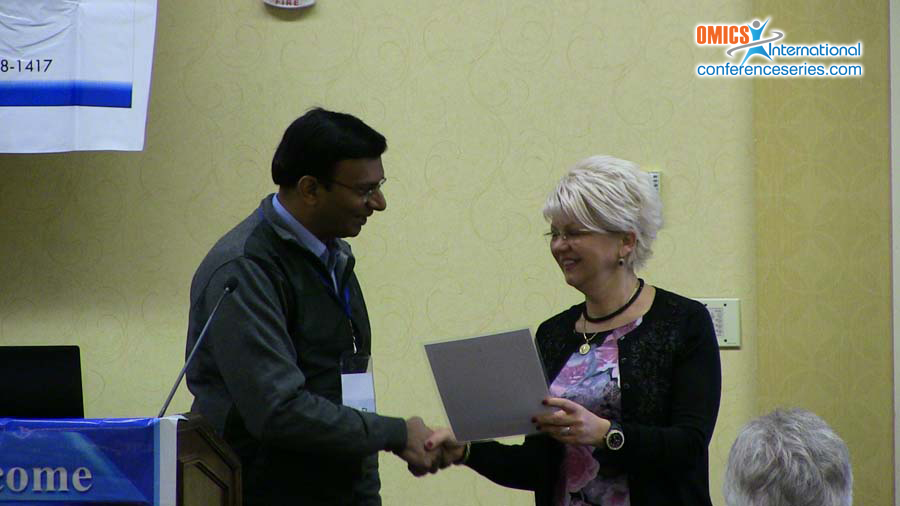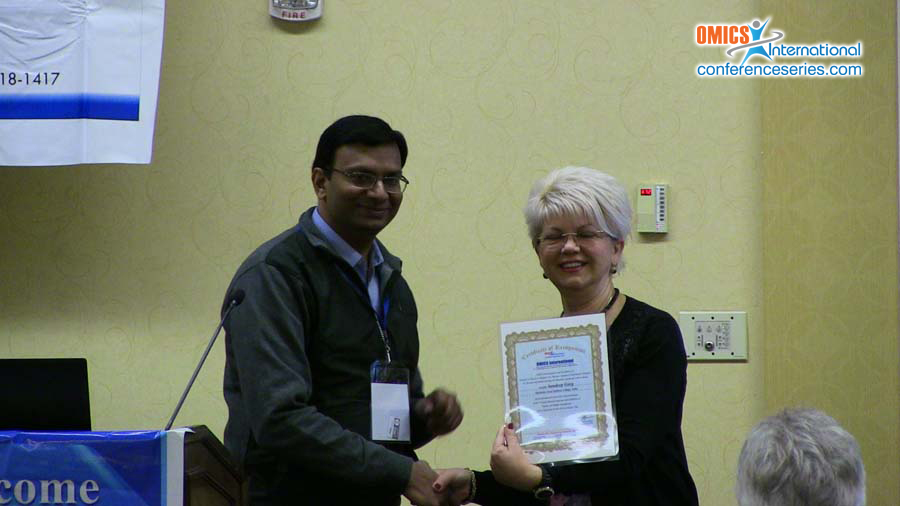
Sandeep Garg
Maulana Azad Medical College, New Delhi
India
Title: Prevalence of Non Alcoholic Fatty Liver Disease (NAFLD) in obese and non-obese hypothyroid subjects
Biography
Biography: Sandeep Garg
Abstract
Various metabolic disorders like diabetes and obesity are risk factors for NAFLD. Treating hypothyroidism can prevent the progression of NAFLD to NASH and subsequent CLD in obese. The observational cross sectional study was done in the Department of Medicine in Maulana Azad Medical College. 41 hypothyroid patient with a serum TSH>5.5mIU/L with or without treatment were included. Patients with diabetes, hypertension (BP>130/80mm Hg), consuming alcohol (> 20 gm/ day for men and > 10gm / day for women), past h/o jaundice, pregnancy, on hepatotoxic and dyslipidemic drugs were excluded from the study. The non obese group (n=21, BMI < 28.5kg/m2) and the obese group (n=20,BMI >28.5kg/m2) were subjected to the blood tests including hemogram, KFT’s, LFT’s, lipid profile and ultrasonography for the diagnosis of NAFLD. Statistical analysis was performed using SPSS 22 version.The mean age was 36.14 years in non obese and 37.75 years in obese subjects. The mean BMI was 24.9 in non obese versus 33.25 in obese subjects. The mean ALT was 36.9 IU/L in non-obese and 47 IU/L in obese subjects. The mean AST was 38.04 IU/L in non-obese versus 48.6 IU/L in obese subjects. The mean total cholesterol, LDL and TG were higher in the obese as compared to the non obese subjects and showed a positive significant correlation with the increasing BMI (Body Mass Index). The mean TSH was 15.68 mIU/L in non-obese versus 15.225 mIU/L in obese subjects. The prevalence of NAFLD in non-obese and obese was 47.6% and 65% respectively. The USG grading for NAFLD correlated positively with increasing BMI in the obese hypothyroid subjects r(18)= 0.642 with p<0.05 and not in non-obese group. The prevalence of abnormal ALT> 40 IU/L was 14.28% in non-obese and 55% in obese. Among the subjects with USG diagnosed NAFLD the prevalence of abnormal ALT was 30% in the non obese and 76.9% in the obese subjects. Increasing ALT levels were significantly correlated with increasing S TSH (r= 0.604, p=0.04) and BMI (r=0.719, p=0.01) in obese subjects. Hypothyroidism leads to obesity which further increases the risk of NAFLD. There is higher prevalence of NAFLD and NASH in obese hypothyroid subjects when compared to non obese hypothyroid subjects. The findings of fatty liver on USG were positively correlating with the increasing serum TSH levels.



